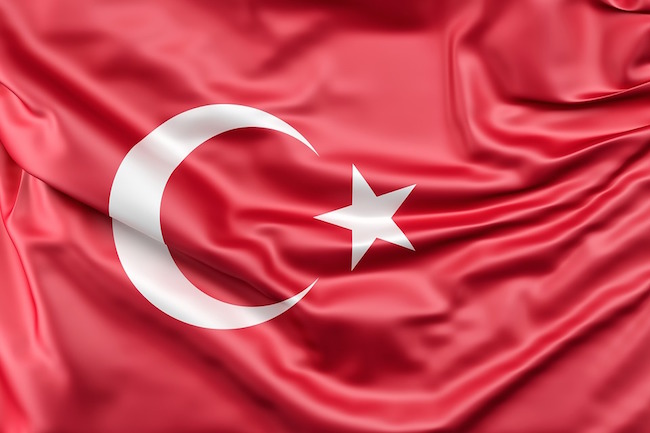The Clash Of Civilizations Revisited: Pepe Escobar via The Saker
Late afternoon in May 29, 1453, Sultan Mehmet, the third son of Murad, born of a slave-girl – probably Christian – in the harem, fluent in Turkish, Arabic, Greek, Latin, Persian and Hebrew, followed by his top ministers, his imams and his bodyguard of Janissaries, rides slowly towards the Great Church of St Sophia in Constantinople.
It’s unlikely that Sultan Mehmet would be sparing a thought for Emperor Justinian, the last of quite a breed: a true Roman Emperor in the throne of Byzantium, a speaker of “barbarous” Greek (he was born in Macedonia) but with a Latin mind.
Much like Sultan Mehmet, Justinian was quite the geopolitician. Byzantium trade was geared towards Cathay and the Indies: silk, spices, precious stones. Yet Persia controlled all the caravan routes on the Ancient Silk Road. The sea route was also a problem; all cargo had to depart from the Persian Gulf.
Support Our Site

Now is your chance to support Gospel News Network.
We love helping others and believe that’s one of the reasons we are chosen as Ambassadors of the Kingdom, to serve God’s children. We look to the Greatest Commandment as our Powering force.
So Justinian had to bypass Persia.
He came up with a two-pronged strategy: a new northern route via Crimea and the Caucasus, and a new southern route via the Red Sea, bypassing the Persian Gulf.
The first was a relative success; the second a mess. But Justinian finally got his break when a bunch of Orthodox monks offered him to bring back from Asia some precious few silkworm eggs. Soon there were factories not only in Constantinople but in Antioch, Tyre and Beirut. The imperial silk industry – a state monopoly, of course – was up and running.
A fantastic mosaic in Ravenna from the year 546 depicts a Justinian much younger than 64, his age at the time. He was a prodigy of energy – and embellished Constantinople non-stop. The apex was the Church of St. Sophia – the largest building in the world for centuries.
So here we have Sultan Mehmet silently proceeding with his slow ride all the way to the central bronze doors of St Sophia.
He dismounts and picks up a handful of dust and in a gesture of humility, sprinkles it over his turban.
Then he enters the Great Church. He walks towards the altar.
A barely perceptible command leads his top imam to escalate the pulpit and proclaim in the name of Allah, the All Merciful and Compassionate, there is no God but God and Muhammad is his Prophet.
The Sultan then touches the ground with his turbaned head – in a silent prayer. St Sophia was now a mosque.
Sultan Mehmet leaves the mosque and crosses the square to the old Palace of the Emperors, in ruins, founded by Constantine The Great 11 and ½ centuries before. He slowly wanders the ancient halls, his fine velvet slippers brushing the dust from the fabulous pebbled floor mosaics.
Then he murmurs two verses of a Persian poet:
“As the spider weaves the curtain over the palace of the Roman Caesars
The owl sings the time of the house of Afrasiab”
The Byzantine empire, founded by Constantine The Great on Monday, May 11, 330, was over on a Tuesday, May 29, 1453.
Sultan Mehmet is now the Lord of Constantinople and the Lord of the Ottoman Empire. He’s only 21 years old.
Back to the Magic Mountain
Last week, Turkish President Recep Tayyip Erdogan re-christened Hagia Sophia from a museum back into a mosque. He may have done it because his popularity is waning; his proxy wars are a disaster; his AKP party is shattered; and the economy is bleeding badly.




